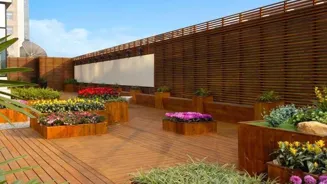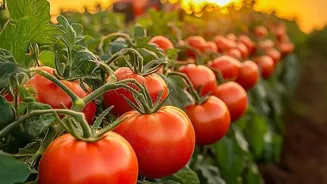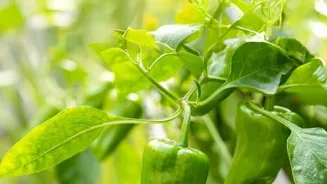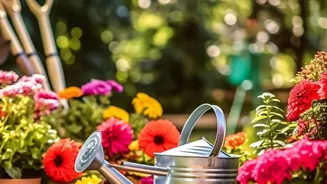Uncover the Secrets of Terrace Gardening - A Green Revolution on Rooftops! Discover how urban dwellers grow their own food
Mumbai, October 26, 2023 – In a country like India, where traditions meet modernity,
a green revolution is blooming right on our rooftops.
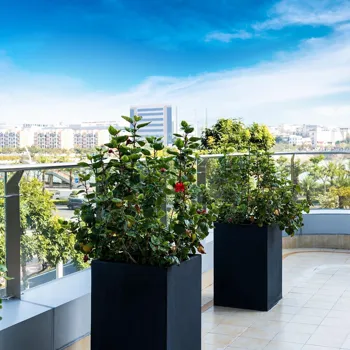
Terrace gardening, once a niche hobby, has blossomed into a popular way for urban Indians to connect with nature, promote sustainable living, and enjoy fresh, homegrown food.
With rising concerns about food safety and the environmental impact of long-distance transportation of produce, more and more city dwellers are turning to their terraces to cultivate their own little Edens.
This trend is not just about growing vegetables and fruits; it's about fostering a sense of community, reducing carbon footprints, and promoting a healthier lifestyle amidst the concrete jungle.
So, dust off your gardening gloves, gather your pots, and get ready to transform your terrace into a vibrant oasis of green!
The allure of terrace gardening extends beyond just fresh produce.
Imagine sipping a cup of chai surrounded by the fragrant blooms of your own jasmine plants, or harvesting crisp lettuce for your salad just moments before dinner.
For urban families, it offers a chance to teach children about the cycle of life, the importance of biodiversity, and the satisfaction of nurturing something from seed to harvest.
It provides a therapeutic escape from the daily grind, a space for relaxation and mindful engagement with the natural world. Moreover, terrace gardens contribute to a cooling effect in urban environments, reducing the urban heat island effect and improving air quality.
The possibilities are endless, and the rewards are plentiful. This trend is an excellent opportunity for India to contribute to a more sustainable future, one terrace at a time. As the climate changes every year, it is important for all of us to grow our own food.
For beginners, starting a terrace garden might seem daunting, but with a little planning and the right guidance, anyone can succeed.
It's important to understand the specific conditions of your terrace – the amount of sunlight it receives, the prevailing wind direction, and the weight-bearing capacity of the roof. Choose plants that are well-suited to these conditions.
Consider using lightweight containers and a well-draining potting mix to avoid overburdening the roof. Start with a few easy-to-grow vegetables and herbs like tomatoes, chilies, spinach, mint, and basil.
As you gain experience, you can gradually expand your garden and experiment with more challenging crops. Remember, patience and consistent care are key to success. Regular watering, appropriate fertilization, and timely pest control are essential for a thriving terrace garden.
With a little effort, you can easily convert it into a lush green haven!
Now, let's delve into 10 essential tips to help you create and maintain a thriving terrace garden:
Assess Your Terrace
Before you start, thoroughly examine your terrace. Check for structural integrity, sunlight exposure (at least 6-8 hours of direct sunlight is ideal for most vegetables), and drainage. Identify any potential issues like leaks or weak spots and address them before you start planting.
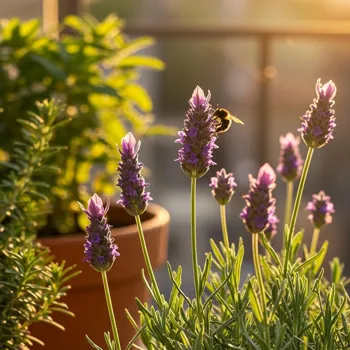
Consider the wind factor, as strong winds can damage plants. Plan your garden layout based on these factors. It is also important to get your architecture design sorted, before venturing into this activity.
Choose the Right Containers
The type of container you use can significantly impact the success of your garden. Opt for lightweight containers made of plastic, terracotta, or even recycled materials like old buckets or tires. Ensure that the containers have drainage holes to prevent waterlogging.
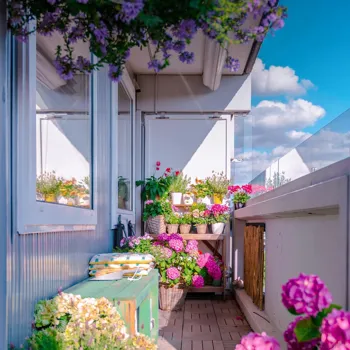
The size of the container should be appropriate for the plant you intend to grow. Larger plants like tomatoes and brinjals require larger pots. Small plants can do well in smaller pots. Make sure that you are selecting the right pot.
Use a Quality Potting Mix
Avoid using regular garden soil in your containers, as it can become compacted and poorly drained. Instead, use a well-draining potting mix that is specifically designed for container gardening.
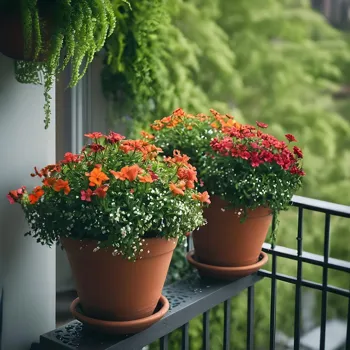
You can buy ready-made potting mix or make your own by mixing equal parts of coco peat, compost, and vermicompost. Coco peat helps retain moisture, compost provides nutrients, and vermicompost improves soil structure. You can also add perlite to improve drainage.
Make sure that all the necessary material is added.
Water Wisely
Watering is crucial for the health of your plants. Water deeply and thoroughly, allowing the water to drain out of the drainage holes. Water early in the morning or late in the evening to minimize water loss due to evaporation. Avoid overwatering, as it can lead to root rot.
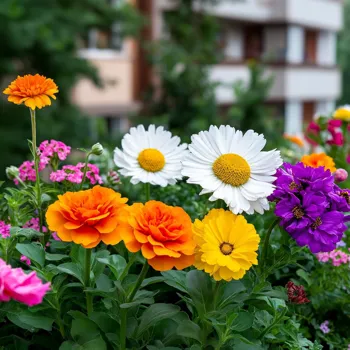
Check the soil moisture regularly and water only when the top inch of soil feels dry. Consider using a drip irrigation system to conserve water and ensure consistent watering. Make sure the plants are hydrated and not overwatered.
Fertilize Regularly
Container plants require regular fertilization, as the nutrients in the potting mix are quickly depleted. Use a balanced organic fertilizer every 2-3 weeks to provide your plants with the nutrients they need. You can use compost tea, vermicompost tea, or a commercially available organic fertilizer.
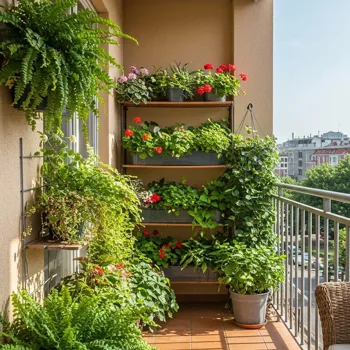
Avoid using chemical fertilizers, as they can harm the environment and the beneficial microorganisms in the soil. Organic fertilizers are not as harmful as chemical fertilizers and they are easier to get rid of. Use more organic based fertilizers that is good for health.
Protect from Pests and Diseases
Pests and diseases can quickly ruin a terrace garden. Inspect your plants regularly for any signs of infestation or disease. Use organic pest control methods like neem oil, insecticidal soap, or garlic spray to control pests.
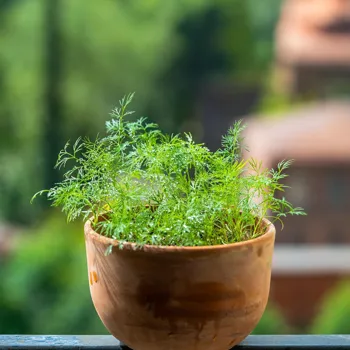
Remove any diseased leaves or plants immediately to prevent the spread of the disease. Encourage beneficial insects like ladybugs and lacewings to control pest populations. Keep a close watch on plants. This can reduce the plant from growing rapidly.
Choose the Right Plants
Select plants that are well-suited to the climate and growing conditions of your terrace. Consider the amount of sunlight, water, and space available. Start with easy-to-grow vegetables and herbs like tomatoes, chilies, spinach, mint, basil, and coriander.
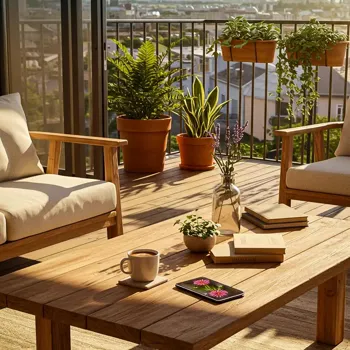
As you gain experience, you can experiment with more challenging crops like brinjals, capsicums, and leafy greens. Make sure the plant is good for terrace climate.
Provide Support
Some plants, like tomatoes, cucumbers, and beans, require support to grow properly. Use stakes, trellises, or cages to provide support for these plants. This will help them to grow upright, prevent them from falling over, and improve air circulation.

Bamboo stakes and wooden trellises are good options for providing support to plants. Make sure the plants are secured and stable.
Mulch Your Plants
Mulching helps to retain moisture in the soil, suppress weeds, and regulate soil temperature. Use organic mulches like straw, dried leaves, or wood chips. Apply a layer of mulch around the base of your plants, keeping it away from the stem to prevent rot.
Mulching is an excellent way to improve soil health and reduce the need for watering. It helps the plants retain water. Make sure to not remove it.
Harvest Regularly
Regular harvesting encourages continued production. Harvest vegetables and herbs when they are at their peak ripeness. This will encourage the plant to produce more fruits or leaves. Don't let vegetables overripe on the plant, as this can reduce the plant's overall productivity.
Harvesting is the final stage. Make sure the process is done properly.
10 essential tips for successful terrace gardening
So, there you have it – 10 essential tips to unlock the secrets of terrace gardening. With a little bit of effort and dedication, you can transform your urban terrace into a thriving source of fresh, healthy, and delicious food. Happy gardening!
